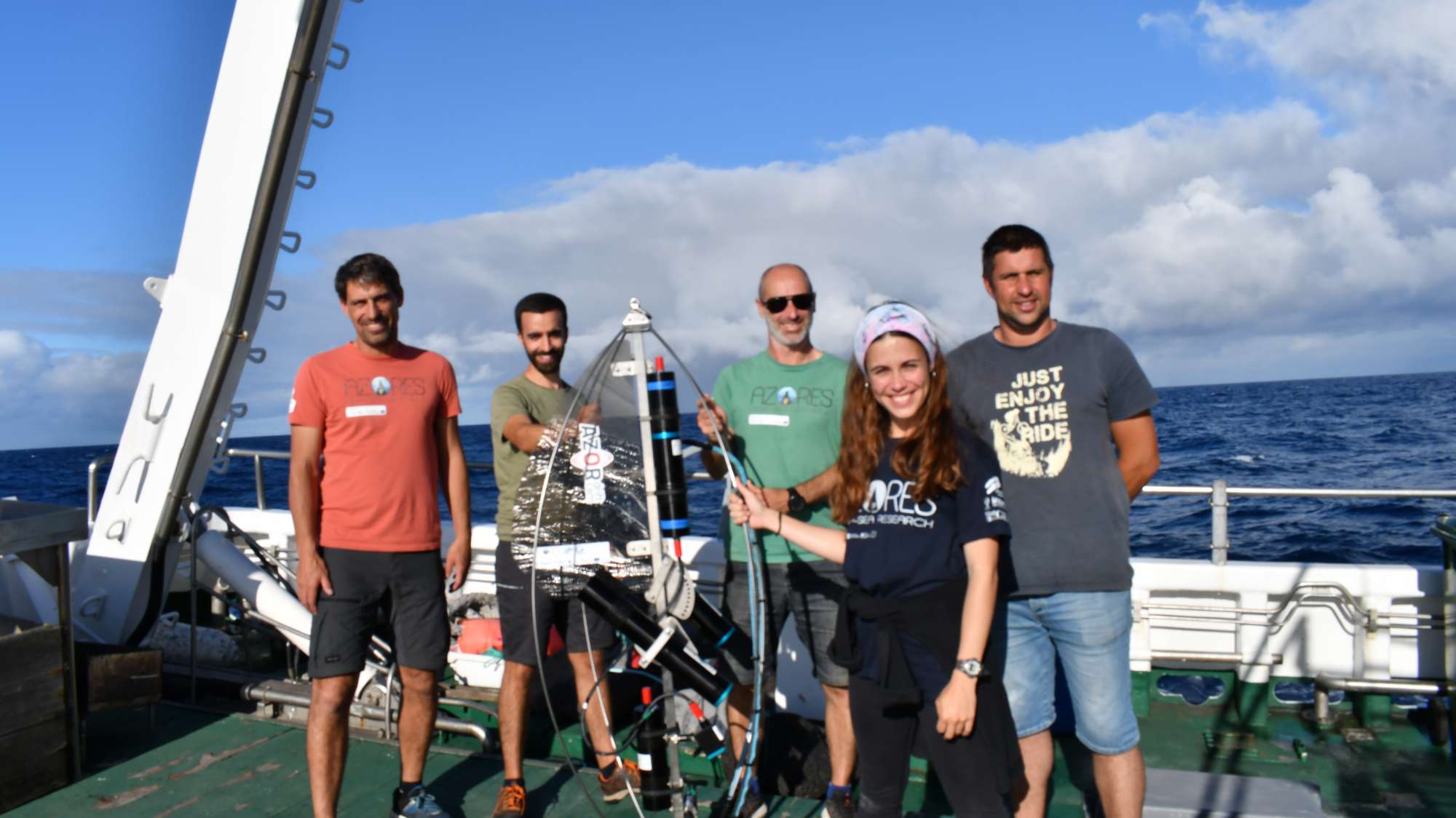MapGES 2022 is the continuation of our long term strategy to map deep-sea biodiversity and identify Vulnerable Marine Ecosystems (VMEs) in the Azores using the Azor drift-cam system. This year, we operated from the RV Arquipelago and were lucky to finally explore some long-awaited areas such as the Diogo de Teive and Cachalote seamounts, the Flores island slopes (western Azores), but also the Girard, Maria Celeste and Formigas seamounts and the Santa Maria island slopes (eastern Azores). As in other MapGES cruises, the objectives were to (i) map benthic communities inhabiting unexplored seamounts, ridges and island slopes, (ii) identify new areas that fit the FAO Vulnerable Marine Ecosystem definition; and (iii) determine distribution patterns of deep-sea benthic biodiversity in the Azores. The results of this cruise added to the previous contributions to identify the environmental drivers that determine the spatial distribution of deep-sea benthic biodiversity in the Azores. It also provided valuable information in the context of Good Environmental Status (GES), Marine Spatial Planning (MSP) and provide new insights on how to sustainably manage deep-sea ecosystems.
Flores, Cachalote seamount (western Azores), Faial, Pico and São Jorge island slopes (central Azores), Albatroz, Girard, Maria Celeste, Santa Maria, Formigas (eastern Azores)
| Leg | Period | Days at sea | Vessel | Departure | Return |
|---|---|---|---|---|---|
| ●1 | 06/07/2022 - 23/07/2022 | 18 | RV Arquipélago | Horta | Horta |
| ●2 | 14/08/2022 - 28/08/2022 | 15 | RV Arquipélago | Horta | Horta |

Departamento de Oceanografia e Pescas
Rua Prof. Doutor Frederico Machado, 4
9901-862 Horta, Portugal